Explore the legacy of the Mercedes C-Class W202 as it celebrates 30 years. Dive into its history, engine specs, AMG models, collector appeal & Youngtimer status.
There’s something magical about hitting 30—whether it’s a person or a Mercedes C-Class. It’s the age where confidence meets character, and for the W202 C-Class, that’s exactly what’s happening. Born in 1993 as Mercedes’ fresh-faced follow-up to the 190E, this compact executive sedan carried more than just German engineering—it carried a legacy in the making.
Now, three decades later, the W202 has gone from traffic lights to collector circles. Mercedes C-Class W202 Turns 30 and Becomes Youngtimer. Once a sleek commuter for professionals, it’s now catching the eye of Youngtimer lovers and nostalgic gearheads alike. Its strong engine, bulletproof build, and quiet charisma have earned it a second life.
Think of it like the “Thunder Sequel” of Mercedes sedans—unexpected, underrated, and somehow better with age. From the growl of the C43 AMG to the workhorse charm of the base trim engine, the W202 is more than just a car—it’s a time capsule on four wheels.
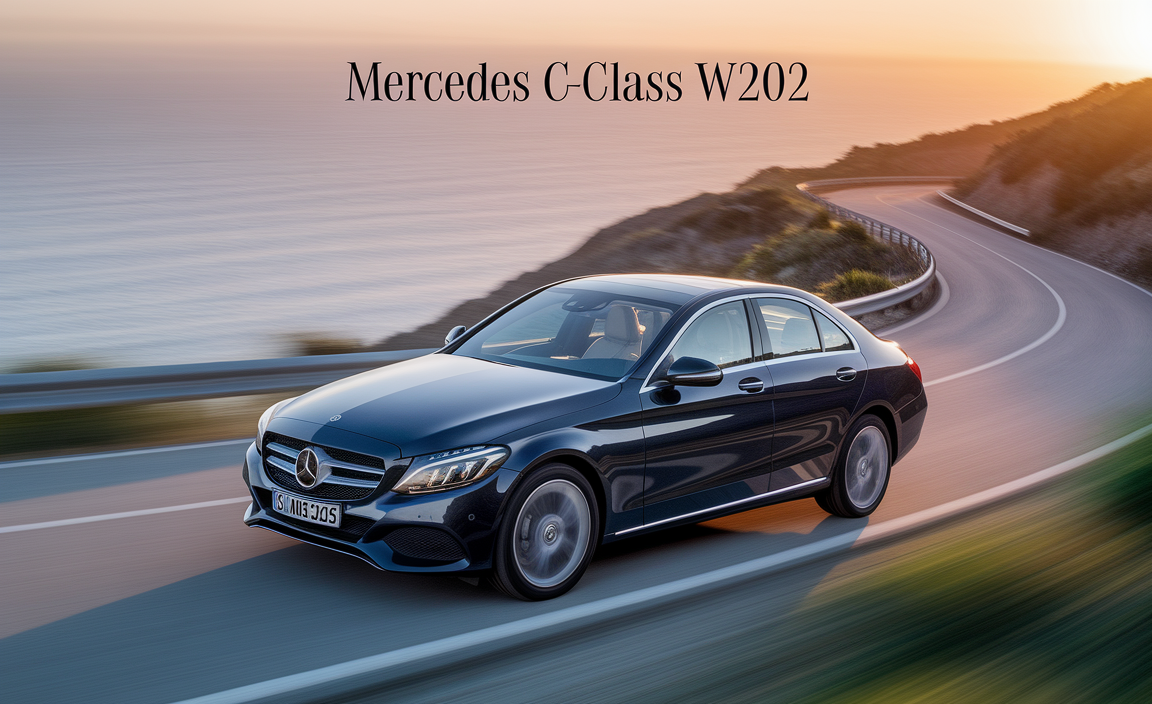
History Of The Mercedes C-Class W202
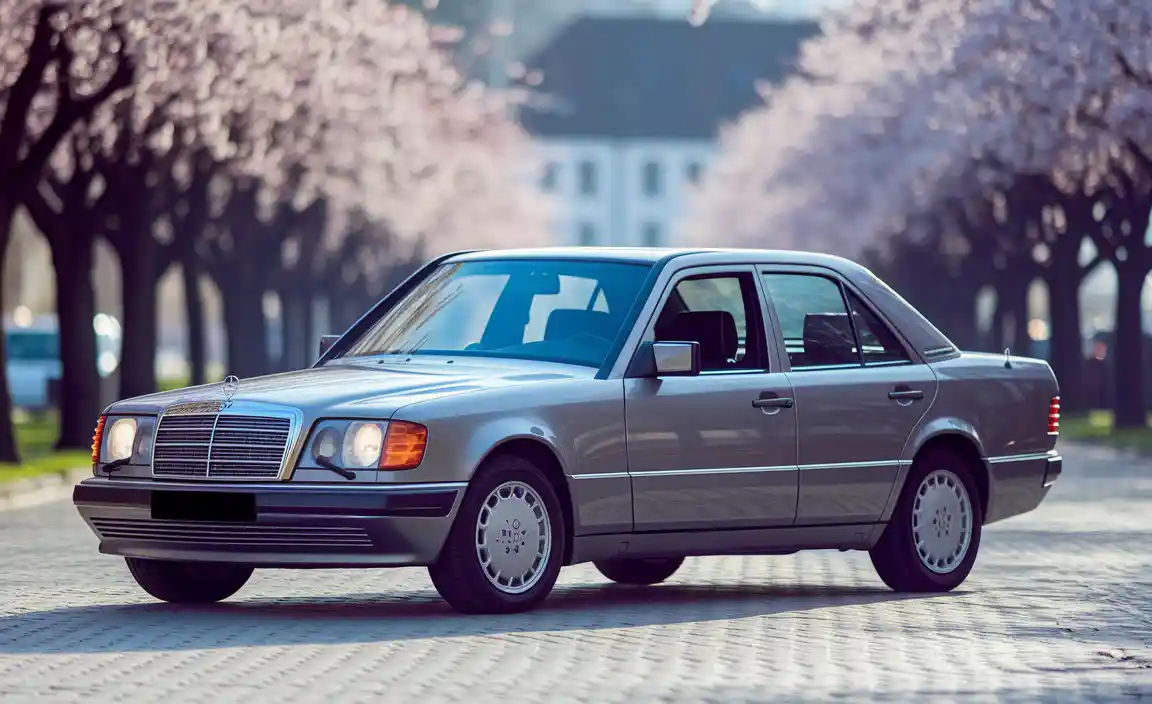
It’s hard to believe, but the W202 C-Class just turned 30. Yep—three decades since this elegant little sedan made its debut as the spiritual successor to the legendary 190E. It marked a big shift in the Mercedes-Benz lineup, introducing what we now know as the C-Class segment. Before the W202, the idea of an “entry-level Mercedes” was rare. But the 1993 launch of the C-Class W202 C changed everything.
It quickly found fans worldwide. This wasn’t just a compact sedan—it was a symbol of new thinking in Stuttgart. It carried forward Mercedes’ reputation for build quality, safety, and subtle luxury, but in a package that everyday drivers could afford.
Key Features And Specifications
What made the W202 so loved? It was smartly built, well-balanced, and it looked timeless even then. Chrome exterior trimmings, wider tires, and understated body lines gave it a refined yet confident look. Across various trim levels, you’d find features like automatic climate control, cruise control, leather-wrapped steering wheels, and solid infotainment for the era.
It offered excellent fuel economy (especially the diesel models), solid engine reliability, and a driving feel that was calm, yet confident. The base trim horsepower may not sound exciting today, but back in the ’90s, it was more than enough for a classy daily commute.
Engine Options And Performance
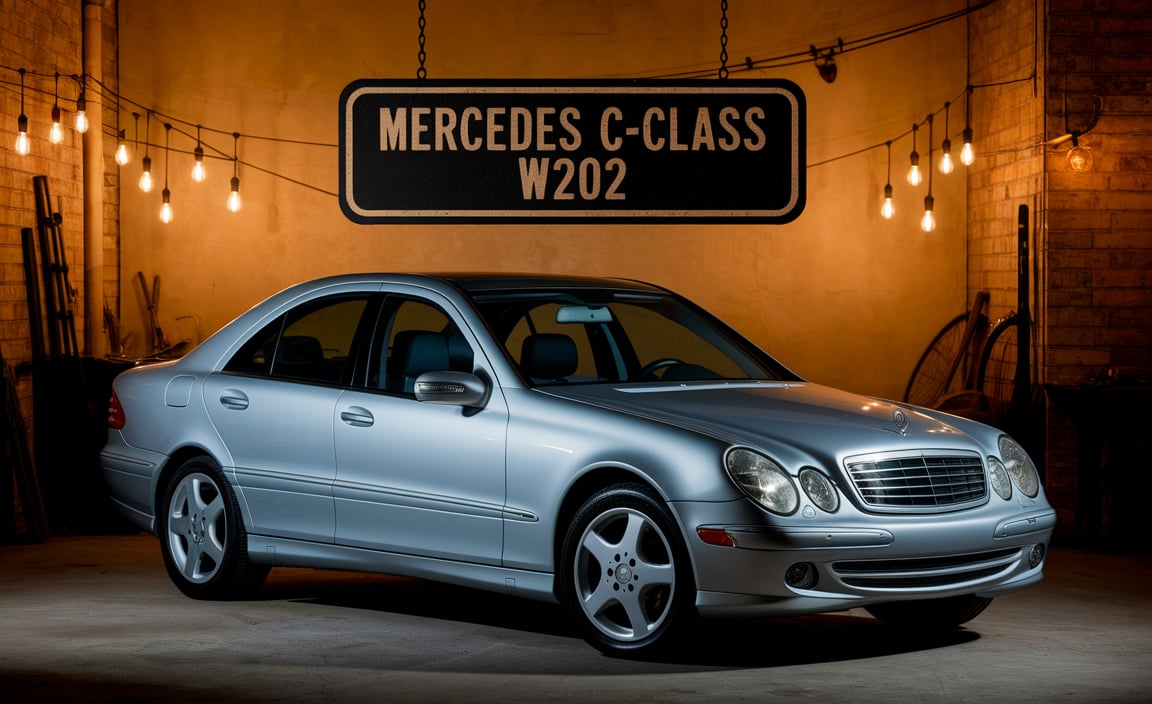
Here’s where it gets really interesting. The W202 came with a buffet of engine choices—both petrol and diesel. From the humble C180 to the lively C 200 Kompressor, every engine had its own character.
Performance improved across the available years, with the later models getting peppier thanks to better ignition coils, spark plugs, and fuel injection systems. You also had powerful options like the C43 AMG—a true sleeper with a 4.3-liter V8 under the hood. If you’re hunting for a vintage ride with punch, the AMG model variants like the C 55 AMG are hidden gems. Their roar still turns heads.
Transmission Choices
Buyers had a choice between smooth automatics and classic 5-speed manuals. The base trim transmission was a 5-speed automatic, known for comfort more than excitement. However, over time, some W202s developed transmission problems, especially those with low transmission fluid or poor servicing. Gear slipping or hesitation wasn’t uncommon in neglected cars. That said, properly maintained examples shift like butter, even after all these years.
Safety Features
The W202 wasn’t just about comfort—it was a pioneer in safety for its class. You got ABS, dual front airbags, and optional side airbags. It even featured crumple zones and a rigid passenger cell, which helped it earn strong crash test ratings. These features made the Mercedes C-Class W202 one of the safest compact sedans of its time. It was peace of mind in a sleek package.
Evolution And Design Changes
Over its lifecycle, the W202 went through subtle yet meaningful restyling and upgrades. The headlights became sleeker. Interior materials improved. The electrical system got modernized to handle new tech features.
The facelift in 1997 was subtle but added more polish, especially in higher trim levels. It wasn’t just aesthetics either—Mercedes used better rust protection in later models (although rust remains a concern for early builds).
Amg Variants
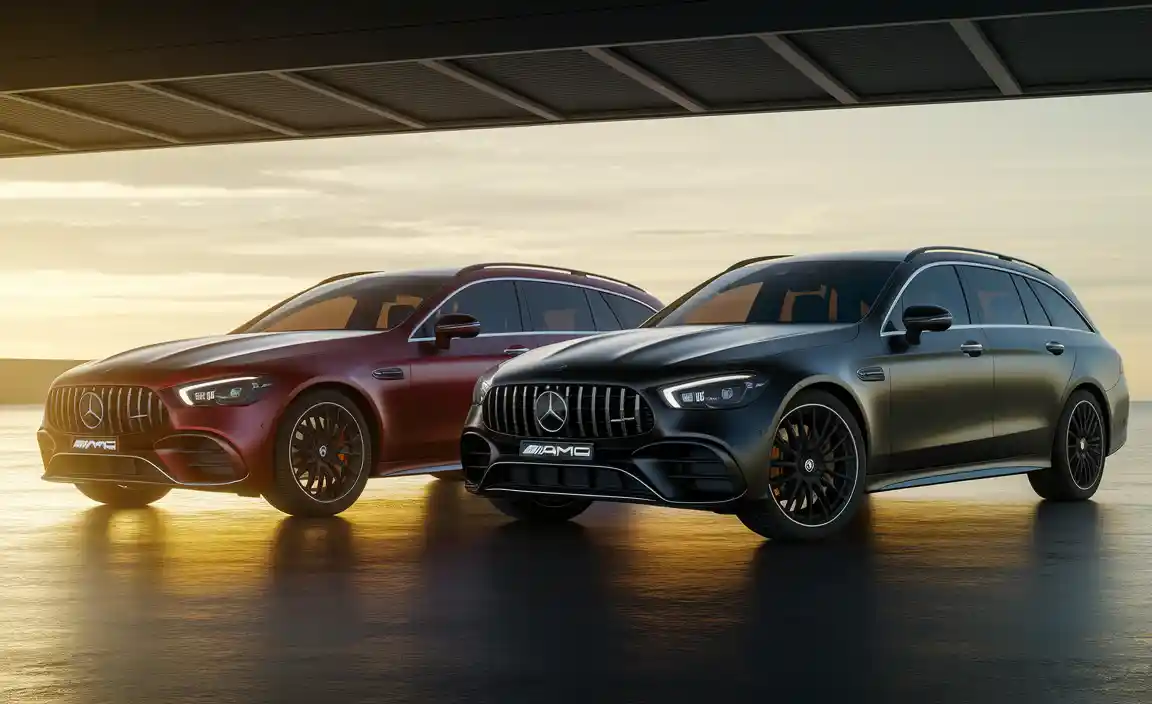
The C43 AMG and later C 55 AMG were beasts in business suits. These were among the first true AMG cars made fully in-house after AMG officially joined the Mercedes-Benz family. They had gorgeous AMG monoblock wheels, lowered suspension, stiffer steering, and aggressive exhaust notes. Yet they still retained all the comfort of a commuter car. This dual personality made them instant legends.
Diversity In Model Line-Up
What made the W202 truly special was its wide model diversity. You could go from a practical daily driver to a performance sedan, or even a luxurious long-distance cruiser. Whether it was a base trim engine or full-blown AMG, there was a flavor for everyone. Even within countries, the trim options varied wildly. Leather or cloth? Manual or auto? Wood or sport finish? Mercedes gave you choices.
Petrol Vs. Diesel Models
The petrol W202s were smoother, quieter, and quicker. But the diesel models were tanks. They could go hundreds of thousands of miles with just basic care. Many diesel W202s are still running as taxis in Europe. If you’re after fuel economy, the diesel W202 is hard to beat. But if you want cleaner power and smoother performance, go with a petrol engine like the C 200 Kompressor.
T-Model (Station Wagon)
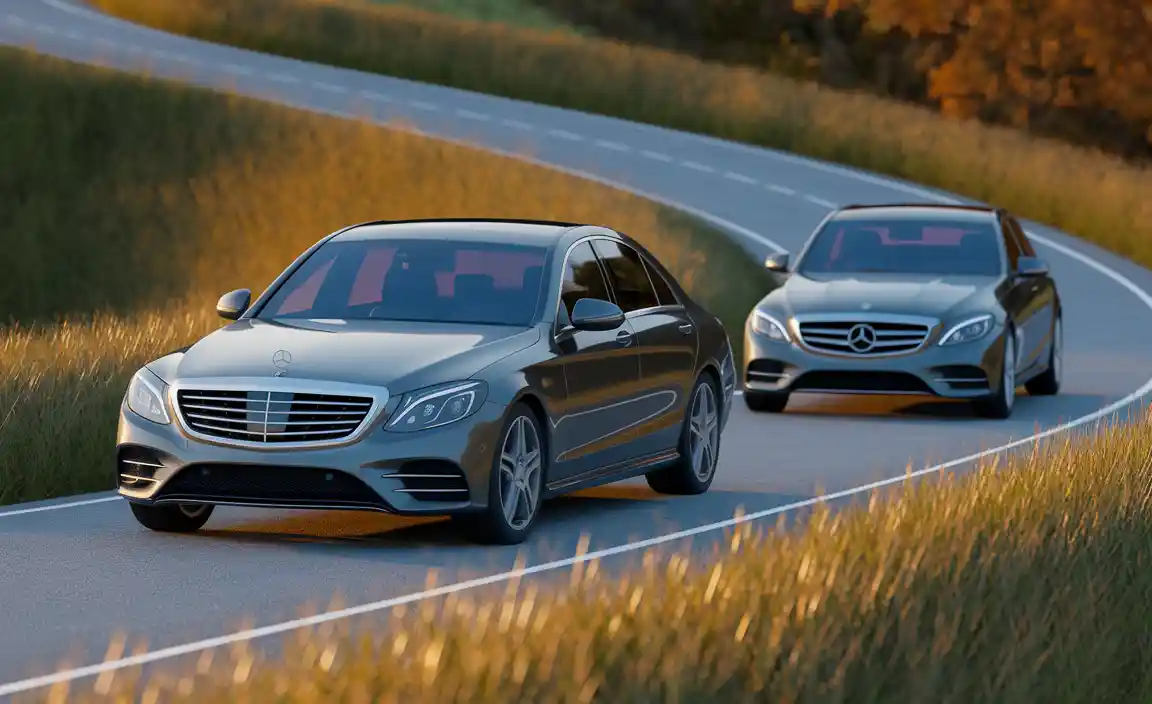
Not everyone remembers it, but the T-Model W202 (station wagon) offered extra practicality without sacrificing class. It came with the same engine choices, and you could haul your kids, groceries, or even a dog crate with ease. It’s become quite the collectible, especially the AMG-styled wagons. They bring a rare mix of function and flair that you just don’t see today.
Us-Spec Versions
The US-spec W202s were slightly different. They had beefier bumpers, different lighting specs, and fewer engine options due to emission laws. Unfortunately, some US owners reported more electrical issues, possibly due to differing wiring setups or dealer service practices. Still, they’re solid cars if well-maintained—and they make great candidates for restoration or weekend fun.
Impact On Automotive Culture
Let’s be honest—the W202 wasn’t flashy, but it changed the game. It became the go-to Mercedes vehicle for professionals and young families. You’d see them in driveways, movies, and even rap videos (back when chrome grilles meant you made it). It was Mercedes’ “E36 BMW 3 Series fighter,” and it did pretty well. While BMW had the edge in handling, Mercedes countered with better ride comfort, reliability, and refinement.
Influence On Later Models (W203, W204)
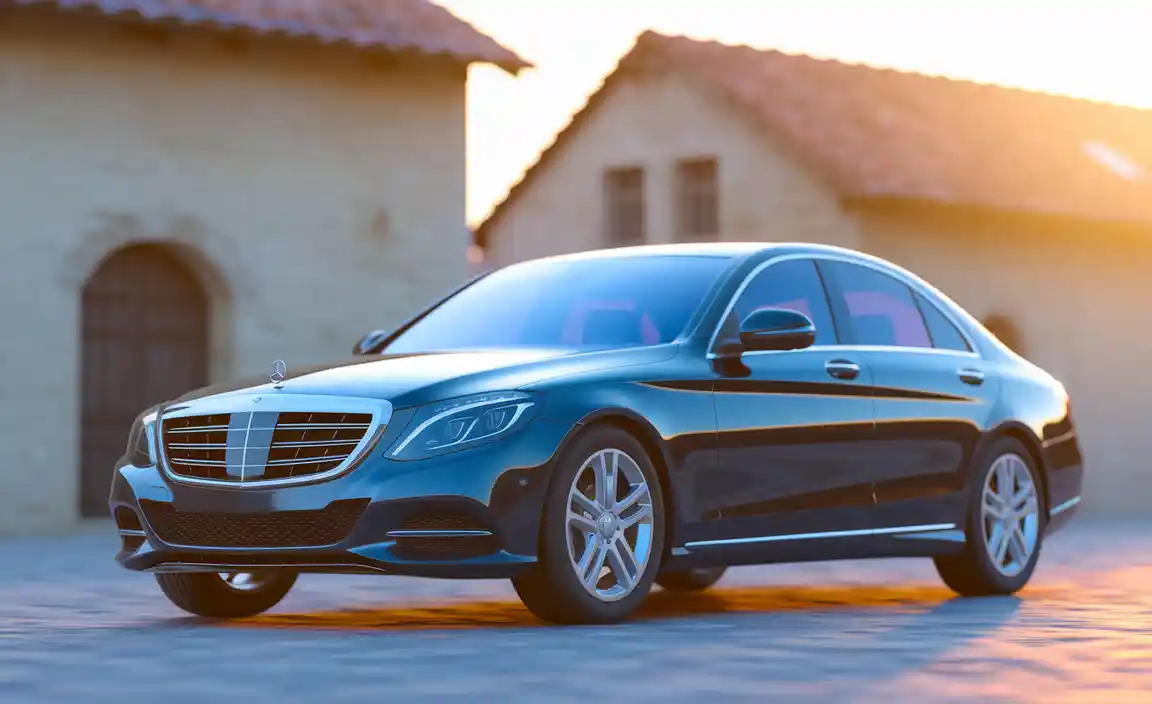
The W202 laid the groundwork for the W203 and later the W204. You can see the DNA in every line, button, and handling cue. Things like multi-link rear suspension, soundproofing, and modular trim structures all started here. Even today’s C-Class owes a huge part of its identity to the W202.
Significance In Crash Test Ratings
In the 90s, crash tests weren’t as widely publicized, but Mercedes was already leading the pack. The W202 scored well in frontal and side impact tests and was one of the first compact sedans to emphasize occupant survival space. It wasn’t just a great car—it was a safe one. A proper legacy.
Celebrating The W202’s Legacy
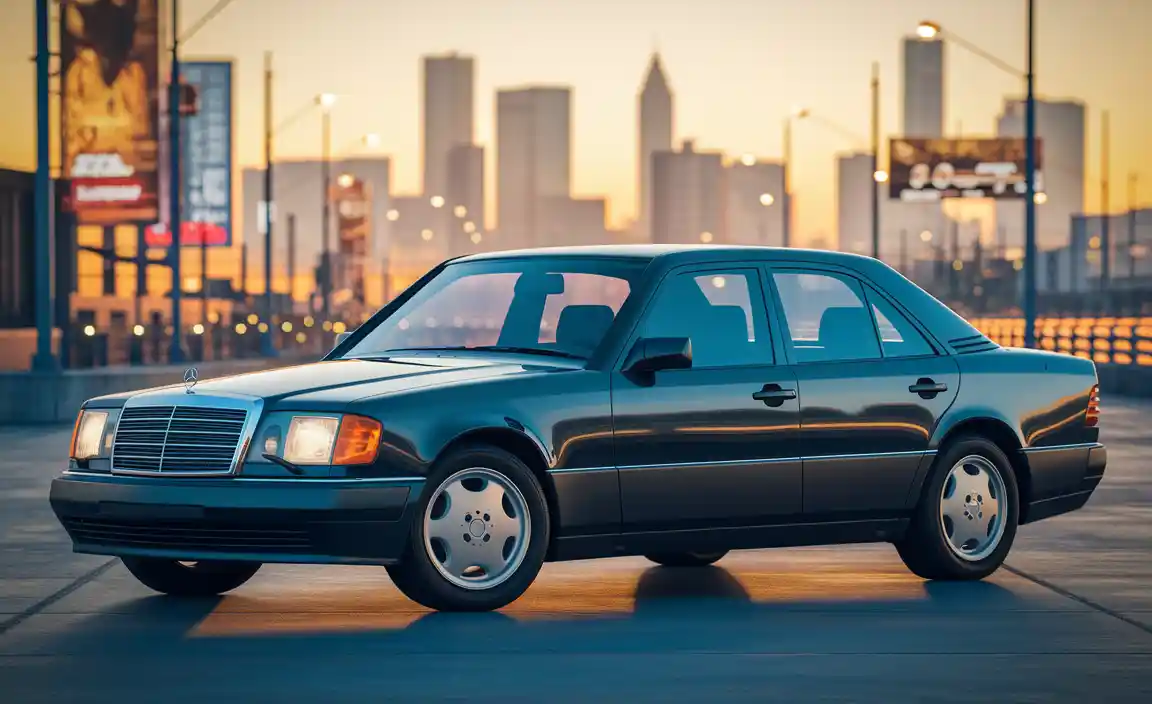
Turning 30 is a big deal for a car. The W202 C-Class is now officially a Youngtimer in many European countries. That means it’s old enough to be classic, but new enough to still be drivable and enjoyable. Car shows are starting to spotlight these underrated gems. In places like Germany and Japan, W202 meetups are growing. This isn’t just nostalgia—it’s a movement.
Popularity Among Enthusiasts
Car people love the W202 for its simplicity, balance, and durability. There’s a whole Reddit thread where people gush about their “old Mercs” that refuse to quit. Some have over 400,000 kilometers and still drive like they did in ‘95. They’re fun to mod too—lowered springs, wider tires, updated head units, or even retrofitted LEDs. Whether you’re a purist or a tuner, there’s something for everyone.
Collectibles And Memorabilia
Model cars, original brochures, Euro Auto Pro license plates, and AMG model die-casts are gaining value. So are factory service manuals and preserved wiring diagrams. The holy grail? A mint C43 AMG with original gorgeous AMG monoblock wheels. If you see one in a barn somewhere—buy it. Trust me.
Transition Into Youngtimer Status

In Germany, “Youngtimer” status comes with perks—like classic insurance and special registration. The W202 is just now entering that category, and collectors are taking notice. To qualify, your W202 needs to be stock or period-correct. That means no loud aftermarket pipes or weird spoilers. But keep it clean, and it could be a rolling investment.
Conclusion
The Mercedes-Benz W202 C-Class wasn’t just a car—it was a milestone. It introduced millions to the Mercedes-Benz brand and proved that a luxury sedan didn’t have to cost a fortune. From base models with modest base trim horsepower to high-revving AMG cars, the W202 had heart, soul, and style.
Today, it stands tall in the latest automotive news as a rising classic and a cherished daily driver for thousands. So if you see one in good shape—maybe even with low transmission fluid and a few electrical problems—don’t pass it up. With some love, it might just be your next forever car.
FAQs
1.Why Is The W202 C-Class Considered A “Youngtimer” Now?
Because it’s reached the 30-year mark and still holds cultural, historical, and collectible value—without being an old relic. That sweet spot makes it a Youngtimer.
2.Which W202 Engine Is The Most Reliable?
The C 200 Kompressor and diesel variants are known for their durability and low maintenance. Just keep an eye on spark plugs, ignition coils, and leaks.
3.What Should I Check Before Buying A Used W202?
Look for rust, transmission problems, worn wiring, and past electrical issues. Also check the fuel tank for sediment buildup and verify the trim level for original equipment.
4.Are AMG Models Like The C43 And C55 Good Investments?
Yes, especially low-mileage units with gorgeous AMG monoblock wheels. They’re rare, thrilling to drive, and gaining value among amg car collectors.
5.Is The W202 A Good Daily Driver In 2025?
Absolutely. With solid fuel economy, comfort, and easy parts availability, it’s still a great car for commuting—just don’t skip regular maintenance.
6.How Does It Compare To The E36 BMW 3 Series Or Audi A4?
The W202 rides smoother and feels more upscale than the E36 and is more reliable than early Audi A4 models. It’s a subtler, more refined experience.
7.What Causes Poor Handling In The W202?
Usually worn suspension parts, incorrect tire width, or cheap replacements. Stick to wider tires and quality shocks for a planted, confident feel.
8.Can Electrical Problems In W202 Be Fixed Permanently?
Yes, but it takes proper diagnosis. Many issues come from aged wiring or a tired electrical system. Once refreshed, most problems don’t return.
9.How Many Years Was The W202 Available?
The W202 was sold from 1993 to 2000 globally. Available years may vary by market, with some T-Models continuing slightly longer.
10.Are There W202 Collectibles Worth Buying Now?
Definitely. Think AMG models, preserved US-spec versions, original Euro Auto Pro gear, or anything with full service records. These cars are gaining love fast.